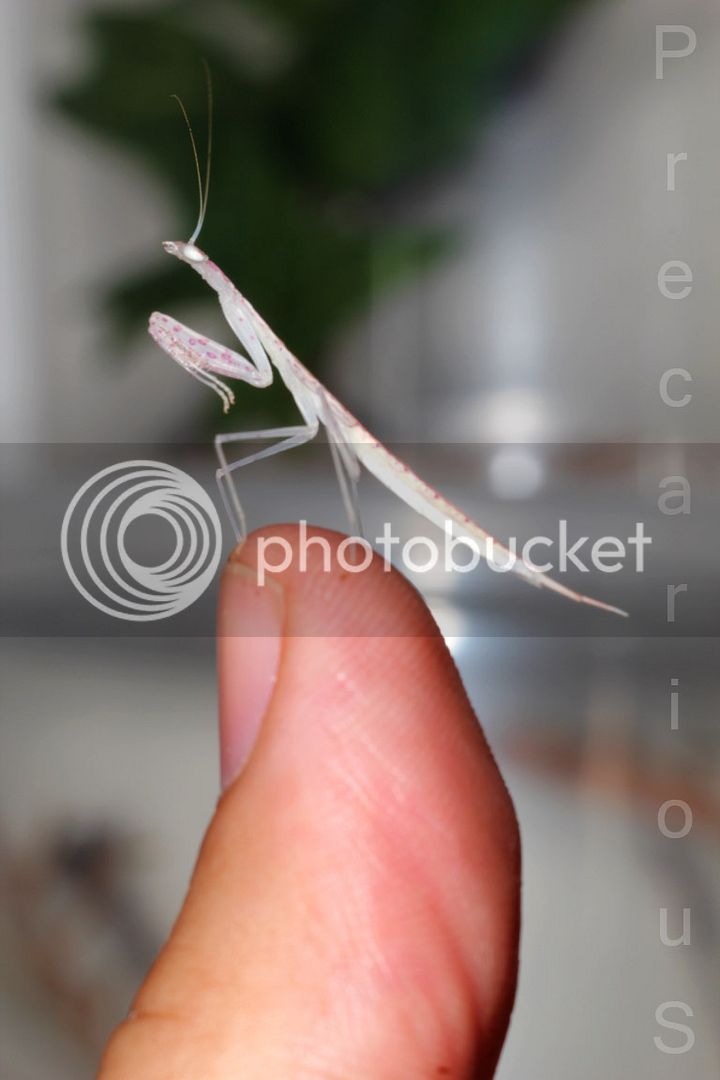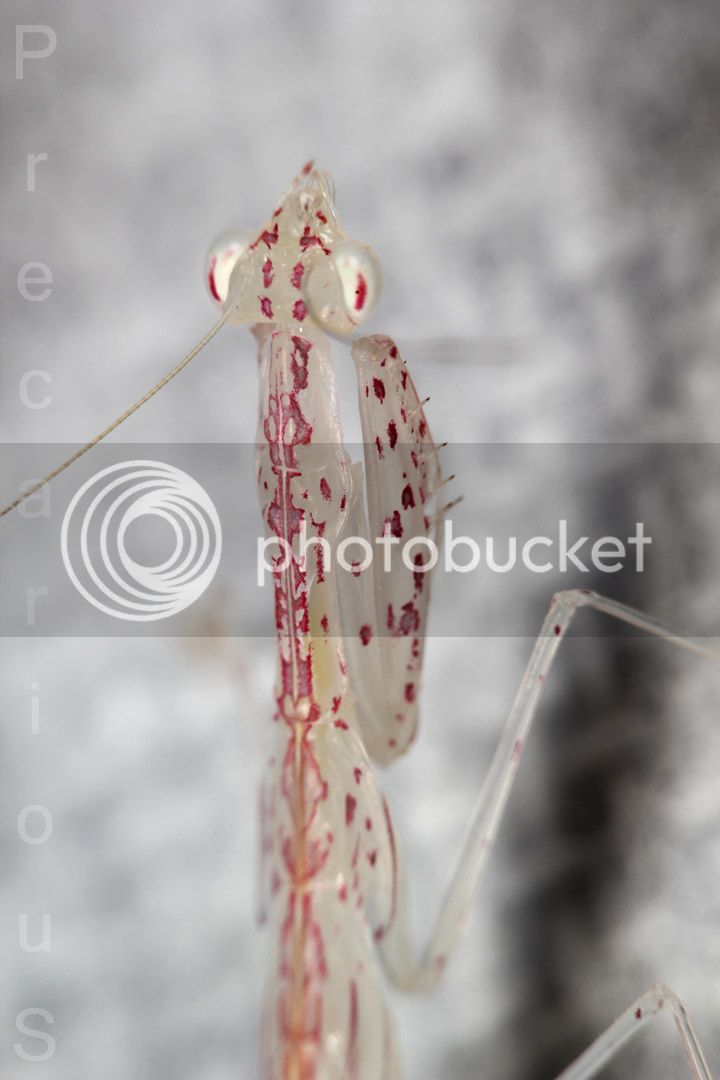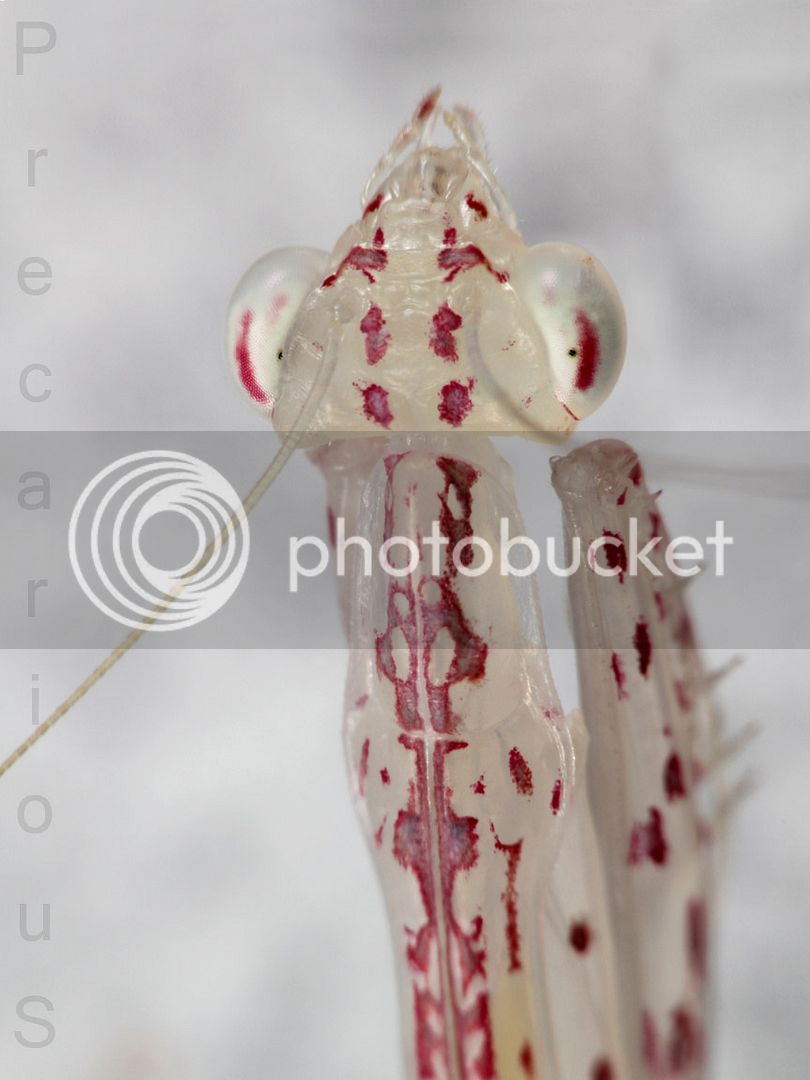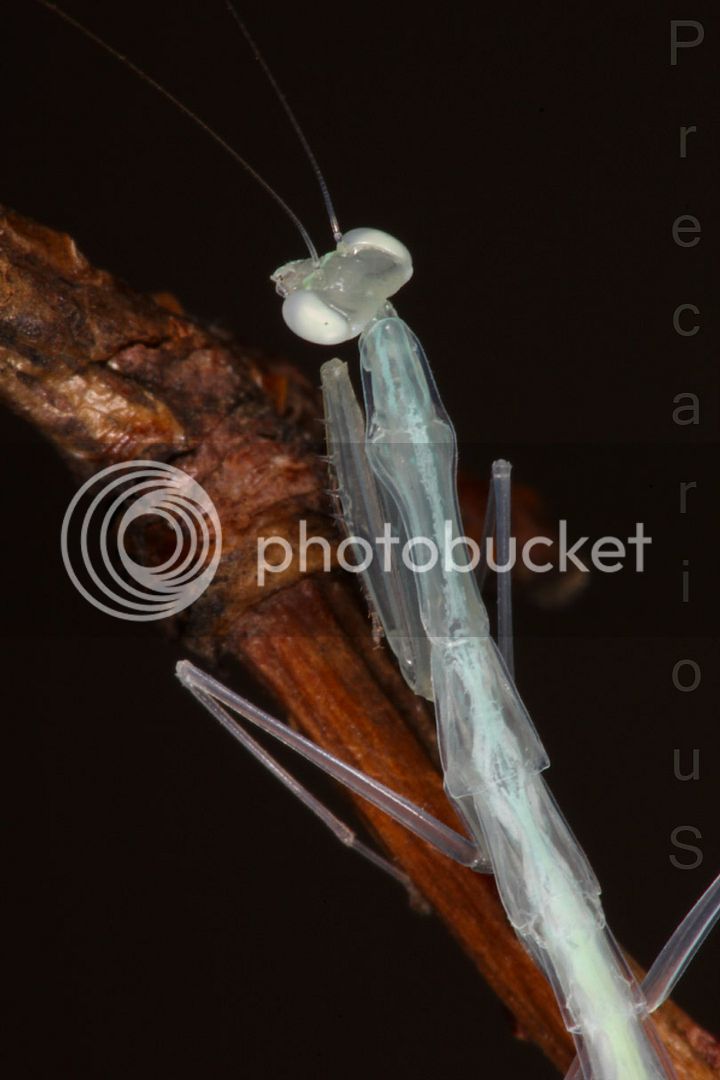Precarious
Well-known member
Not the best photos but I wanted to share how different this one looks to the other I posted.
Where the other is a frosted minty blue this one is hot cinnamon! The weird thing is I licked them and they are those flavors!
Anyone know if this is normal for this species???



Here's the blue one for reference:

Where the other is a frosted minty blue this one is hot cinnamon! The weird thing is I licked them and they are those flavors!
Anyone know if this is normal for this species???



Here's the blue one for reference:

Last edited by a moderator:



